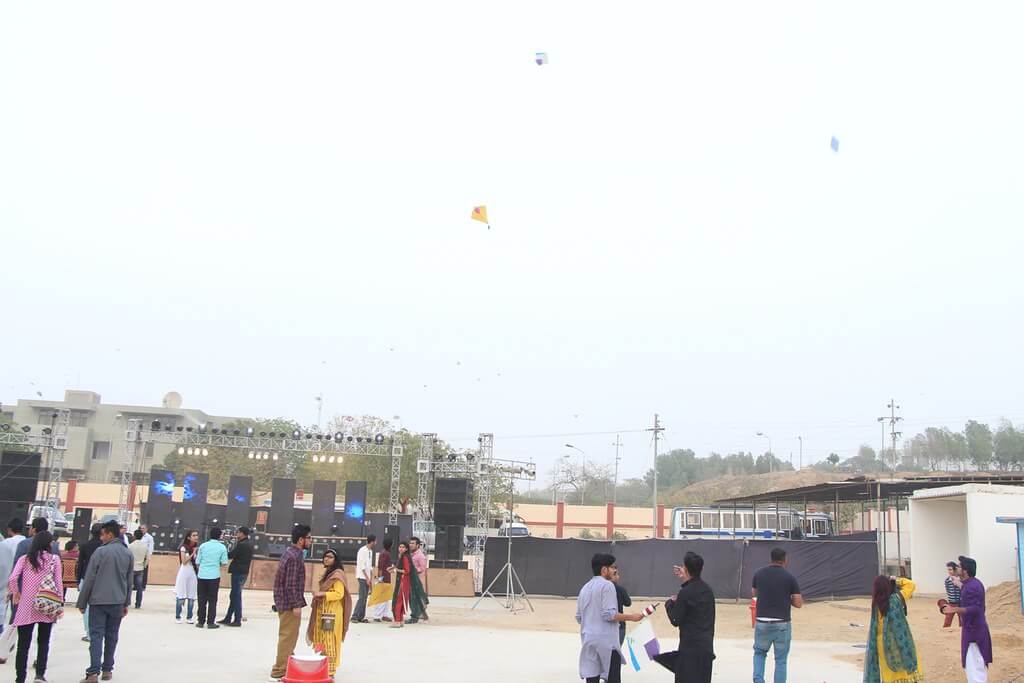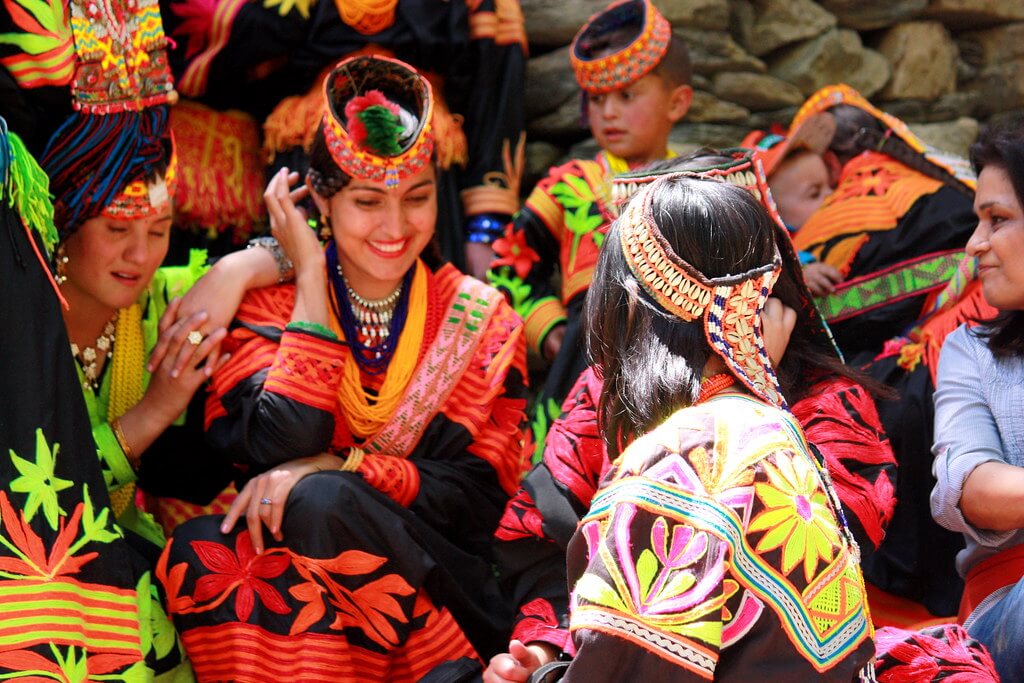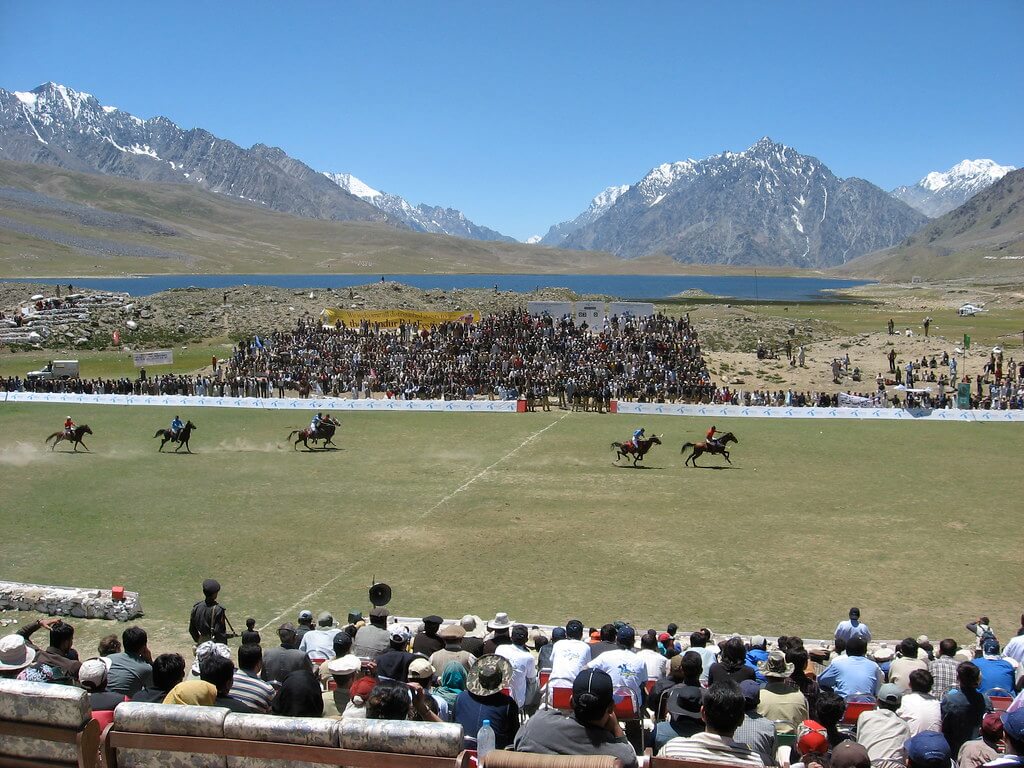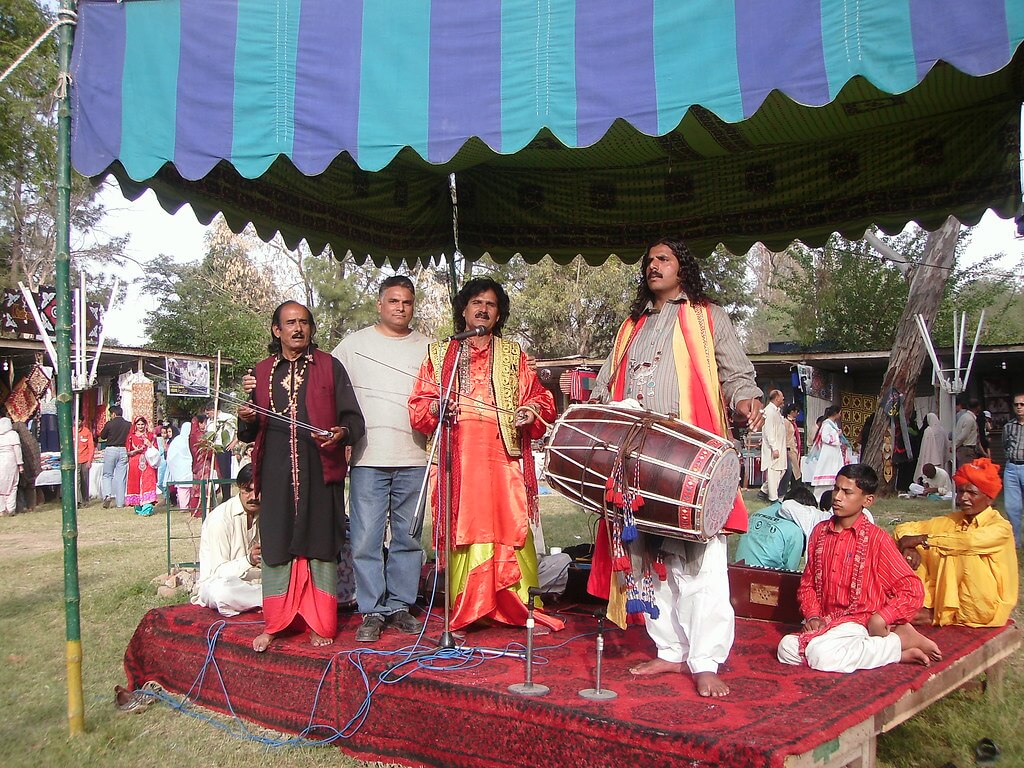Cultural Festivals in Pakistan: Celebrating Diversity and Tradition
Cultural festivals in Pakistan are a colorful tapestry of the country’s various ethnicities, traditions, and legacy. These holidays are more than simply a celebration; they represent Pakistan’s identity by highlighting its history, religion, and regional distinctions. Here, we look deeper into some of the most famous cultural festivals throughout the country:
Eid-ul-Fitr: A Celebration of Breaking the Fast
Eid-ul-Fitr, which marks the end of Ramadan, is a major Islamic celebration in Pakistan. Families assemble to worship in mosques and perform charity gestures such as distributing money and presents. The streets are lit up, and the fragrance of delicious food fills the homes. It is a time for joy, meditation, and social peace.
Eid al-Adha: The Festival of Sacrifice
Eid-ul-Adha honors Ibrahim (Abraham)’s willingness to sacrifice his son in devotion to God. Muslims all across the globe celebrate by slaughtering animals and sharing the flesh with the least fortunate. The event is celebrated with prayers, feasts, and charitable deeds that promote the spirit of sacrifice and compassion.
Basant: Festival of Kites
Basant, also known as the Kite Festival, is a centuries-old ritual that is mostly observed in Punjab. It ushers in the spring season and is widely honored. People fly brightly colored kites, dress in yellow, and eat traditional dishes such as halwa puri. Despite being prohibited in several places owing to safety concerns, Basant remains a popular cultural celebration.
Urs at the Shrine of Saints
Urs is an annual religious ceremony celebrated at the sites of Sufi saints. It honors the saint’s death anniversary and is an occasion for spiritual devotion, music, and poetry. Devotees assemble to pay their respects, seek blessings, and join in qawwali sessions. The celebration goes across religious and cultural barriers, attracting individuals from all walks of life.
The National Horse and Cattle Show
The National Horse and Cattle Show is a colorful celebration of Pakistan’s rural history, including traditional sports, folk dances, and animal exhibits. It takes place in Lahore and highlights the country’s agrarian beginnings while also celebrating the tenacity of rural life. The event gives tourists an insight into Pakistan’s traditional customs and rural culture.
Kalash Festival
The Hindu Kush mountain range encircles Pakistan’s Kalash Valley, which is home to the Kalasha people, who celebrate the Kalash Festival. This event is held three times every year: in the spring, summer, and winter. Chilam Joshi is the name of the spring festival, which begins around May 13. August 20 marks the start of the summer celebration known as Uchal. Choimus, or winter festivity, begins on December 15.
The Kalasha people do more than just enjoy themselves on these occasions. Furthermore, they revere their gods and spirits, occasionally offering sacrifices to them. During these events, young men and women chose their future marriages. The festivals provide an opportunity to enjoy life in general, dance, and drink. Allowing the Kalasha people to maintain their rituals in the picturesque Kalash Valley helps to preserve their culture.
Shandur Polo Festival
Shandur Polo Festival is an annual cultural and athletic event held near the Shandur Pass in Chitral, Pakistan. This event, known as the “Roof of the World” due to its height, features traditional polo matches between teams from the Chitral and Gilgit-Baltistan areas. It also hosts folk music, dance performances, and handicraft displays, making it a must-see for anybody interested in experiencing the region’s cultural richness.
Nowruz: the Persian New Year
Nowruz, or the Persian New Year, is celebrated by Pakistan’s Persian-speaking people, notably in the north, such as Gilgit-Baltistan. It celebrates the start of spring and is celebrated with ceremonies, traditional foods, and music. Nowruz celebrates the country’s cultural diversity and religious peace.
Sindh Cultural Festival – Sufi Music and Dance
The Sindh Cultural Festival highlights Sindh’s rich heritage, with a concentration on Sufi music and dance. It exhibits Sindh’s mystical traditions, like qawwali, dhamaal, and Sufi poetry. The event celebrates the province’s historical significance and lively culture, bringing tourists from all across the country.
Lok-Virsa Folk Festival
Pakistan’s largest cultural event is the annual Lok Virsa festival, which takes place in October. Over the last two decades, this festival has attracted musicians and artists from more than 20 countries to play and participate. Craftspeople and entertainers now find pleasure in it. The provinces of Azad Jammu and Kashmir built wonderfully crafted pavilions in Pakistan’s capital to allow tourists to appreciate the country’s historically rich culture.
The festival, which highlights the multi-ethnic works of artists working under the supervision of the Heritage Museum, runs ten days in Lok Virsa. The diplomatic community and cultural departments from all provinces are urged to construct pavilions presenting their renowned folk customs.
Conclusion: A Cultural Tapestry of Festivals
These cultural festivals in Pakistan highlight the country’s rich and diverse past. They exemplify the values of togetherness, tolerance, and social enjoyment. From religious observances to secular customs, these festivals enrich Pakistan’s unique cultural landscape, generating a sense of belonging and peace among its people.





